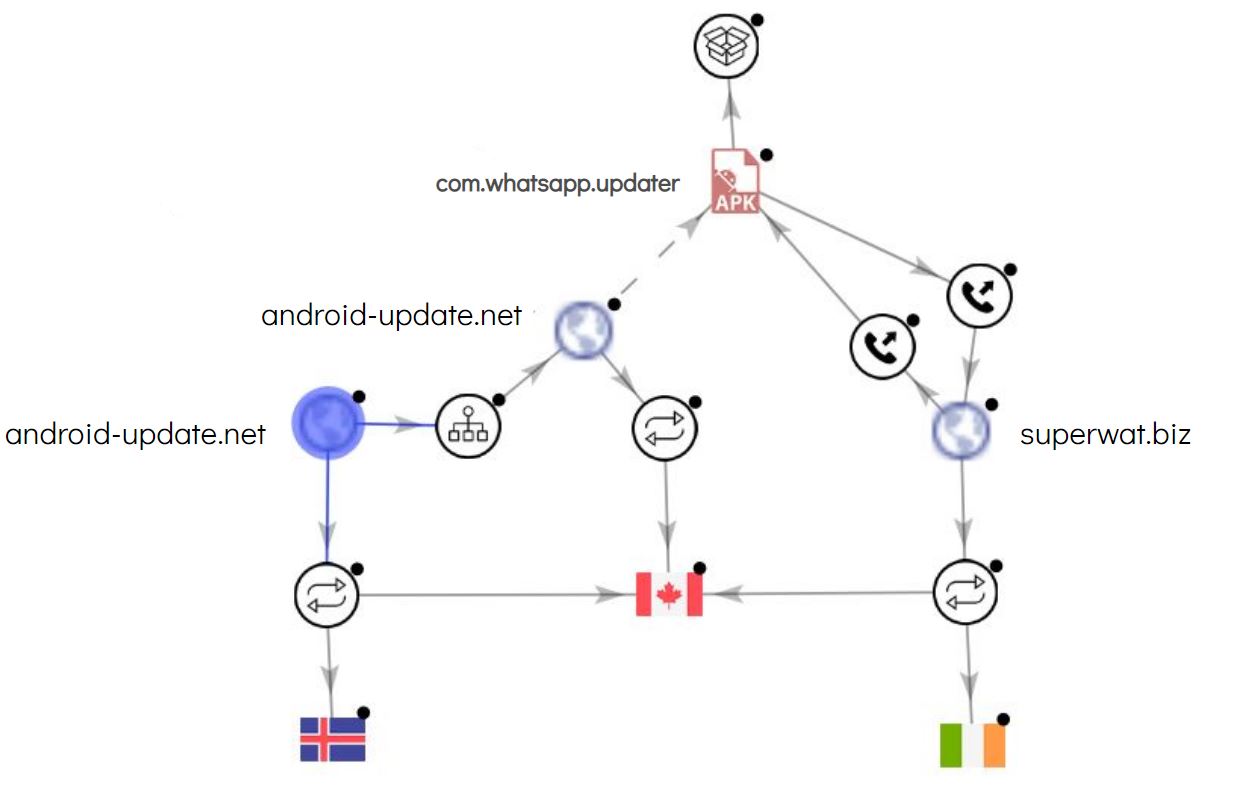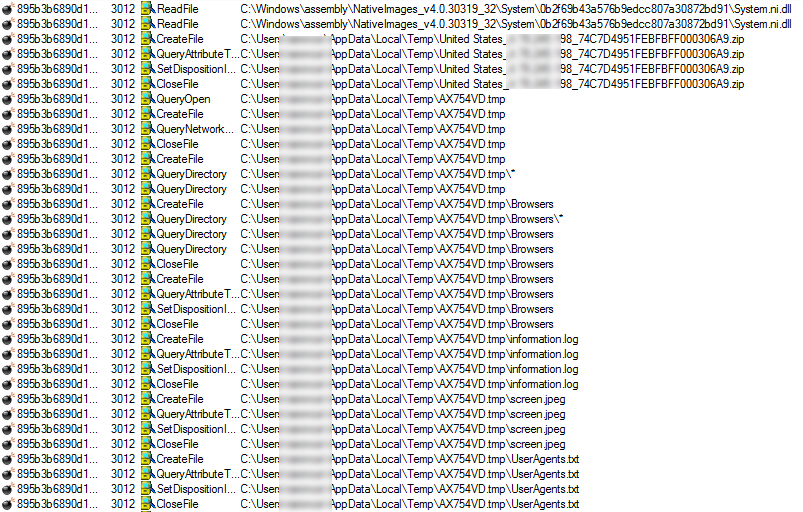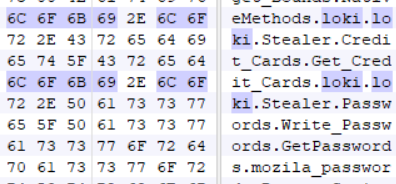Cybersecurity News & Trends – 09-25-20
This week, foreign hackers made headlines for targeting everything from COVID-19 research, to NASA, to the U.S. presidential election.
SonicWall in the News
Top 5 CyberSecurity Innovations and Why They’re Drawing In The Money — TechGenix
- SonicWall’s product with Perimeter 81 was in included in article, as an innovation in the zero-trust sector.
ChannelPro Weekly Podcast: Episode #157 – The New M&A (Mongrels & Animals) — ChannelPro Weekly
- In its weekly news podcast, ChannelPro Network discussed SonicWall’s 7th generation of security products.
Coronavirus Puts Security At The Heart Of The Agenda — MicroScope
- Terry Greer-King, vice-president for EMEA at SonicWall, says the “mass shift” from working within the corporate perimeter to working from home has made everyone inherently less secure, ushering in an era of “boundless cyber security”
Making Work-From-Home Security Work — ChannelPro Network
- In an article about how to successfully and securely work from home, SonicWall’s data on the increase in ransomware from the midyear update to the 2020 Cyber Threat Report is included to showcase the dangers of ransomware attacks.
Industry News
U.S. warns ‘foreign actors’ aim to sow doubts over mail-in voting — Reuters
- U.S. federal law enforcement and cybersecurity agencies on Tuesday warned that “foreign actors” will likely try to discredit the November presidential election by taking advantage of the slow counting of mail-in ballots.
UK Govt Advisor Warns: Universities the Latest Frontier for Cybercriminals — IT Supply Chain
- Students’ return to universities has coincided with a spate of attacks against academic institutions across the North of England, prompting the National Cyber Security Centre to issue a warning: Prepare for disruption as the term starts.
FBI Open China-Related Counterintelligence Case Every 10 Hours — SC Media
- FBI Director Christopher Wray offered the House Homeland Security Committee some sobering news about China: the FBI opens a new China-related counterintelligence case roughly every 10 hours.
Ransomware gang targets Russian businesses in rare coordinated attacks — ZDNet
- Group breaks an unofficial rule in the cybercrime underground not to target the former Soviet space.
Lessons from the ransomware death: Prioritize cyber emergency preparedness — SC Magazine
- The death of a woman, at least in part due to a ransomware attack, has placed security teams on high alert.
“LokiBot,” the malware that steals your most sensitive data, is on the rise — Ars Technica
- Officials are seeing a big uptick in infections coming from LokiBot, an open-source DIY malware package that’s openly sold or traded in underground forums. It steals passwords and cryptocurrency wallets, and can also download and install new malware.
The dark web won’t hide you anymore, police warn crooks — ZDNet
- ‘Operation Disruptor’ involved agencies from nine countries and resulted in the seizure of over $6.5m in cash and cryptocurrencies, as criminals are warned law enforcement will track them down.
Healthcare lags behind in critical vulnerability management, banks hold their ground — ZDNet
- New research sheds light on which industries are performing well when it comes to patching high-risk bugs.
Officials say NASA facing increased targeting by foreign and domestic hackers — The Hill
- Top officials at NASA say the agency is facing increasing attempts by foreign hackers to target sensitive information as it works to improve its IT security during the COVID-19 pandemic.
FBI sounds alarm on rampant personal-data theft by China-backed hackers — The Washington Times
- China is engaged in massive data mining in the U.S. and likely has stolen personal information on nearly half of the entire U.S. population, FBI Director Christopher Wray revealed.
Chinese and Russian hackers pose ‘very, very real threat’ to COVID-19 research: FBI Director Wray — The Washington Times
- Foreign hackers searching for ways to steal coronavirus research remain a “very, very real cyber threat,” FBI Director Christopher A. Wray told the House Homeland Security Committee.
U.K. warns of surge in ransomware threats against education sector — Bleeping Computer
- The U.K. National Cyber Security Centre has issued an alert about a surge in ransomware targeting educational institutions, urging them to follow new recommendations for mitigating attacks.
In Case You Missed It
- Advanced Threats: Am I At Risk? — Osca St. Marthe
- SiteCloak Page Obfuscation Techniques Leading to Greater Number of Missed Phishing Attacks — Vishnu Chandra Pandey
- Overcoming Advanced Evasion of Malware Detection — Brook Chelmo
- ‘3 & Free’ Promotion: How to Upgrade Your SonicWall Firewall for Free — Robert (Bob) VanKirk
- New SonicWall Solutions: Engineered for the New Normal — Atul Dhablania
- Your Email DLP Just Got Better and More Secure — Vishnu Chandra Pandey

















